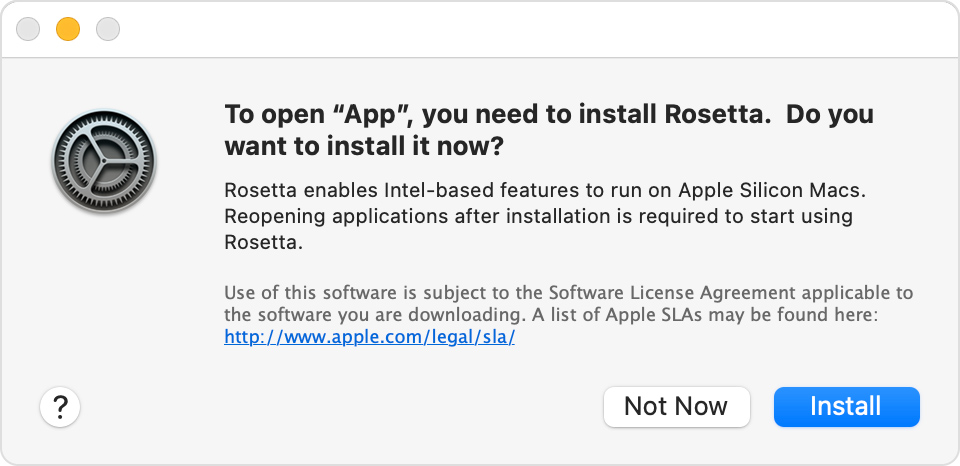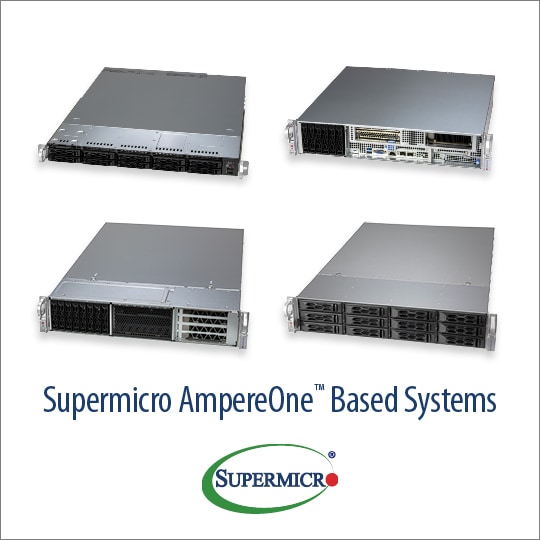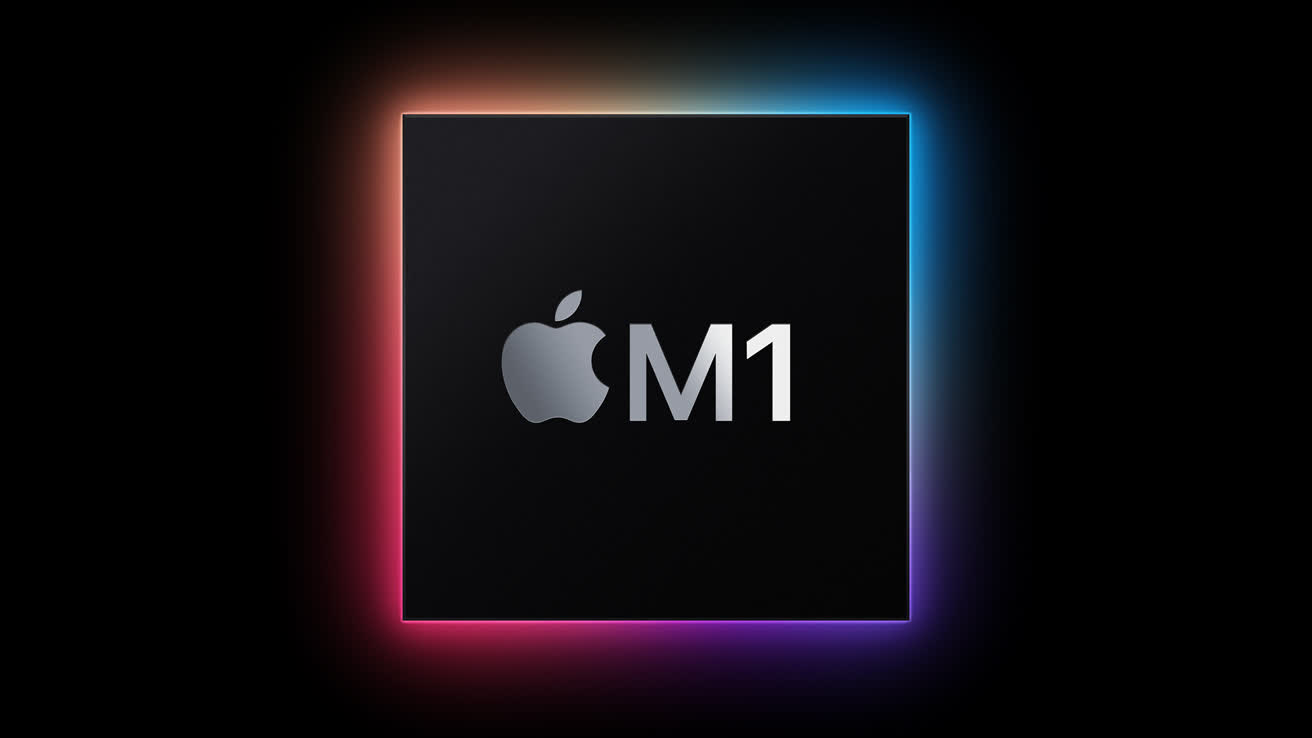While compiling an analysis of Java/JDK for Apple Silicon Chips, one can use a table to present a concise and organized detailing. We’ll begin by outlining key features utilizing the table format.
| Features | Attributes |
|---|---|
| Compatability | Functionality optimized for M1 chips |
| Performance Efficiency | Improved computing speed and overall performance |
| Energy Efficiency | Lower power consumption |
| JDK Versions and Builds | Supports updates like JDK 16 and beyond |
Elaborating on the given structure, the compatibility factor of Java/JDK plays a significant role for developers working with Apple’s M1 chips. Developers can count on seamless synchronization between the elements, given that Apple Silicon has been optimized to function with Java Development Kit (JDK). This provision ensures smooth operation, without glitches or lags commonly encountered when using third-party software.
Equally essential is the level of performance efficiency that the integration provides. Specifically tailored for the Apple Silicon architecture, Java applications are capable of delivering higher processing speeds. Furthermore, applications running on this combination set a benchmark in terms of rapid execution, faster load times, and expedited computations.
Considering the energy efficiency aspect, one exceptional feature worth highlighting is low power consumption. Thanks to the amalgamation of Apple Silicon with Java/JDK, less energy is required to facilitate operations, bringing about an enhanced degree of conservation.
Finally, regarding Java Development Kit versions and builds, this matrix supports all latest iterations inclusive of JDK 16 and onwards. Constant updates contribute towards bettering services, equipping users with more robust tools. As a nod to Bill Gates’ profound words, “The advance of technology is based on making it fit in so that you don’t really even notice it, so it’s part of everyday life.” The interoperability here is a definite sign of technological advancement assimilating seamlessly into our work lives.
[Reference](https://developer.apple.com/)
Exploring Java/JDK Compatibility with Apple Silicon Chips

Apple Silicon chips, a move away from Intel processors to Apple’s own ARM-based hardware, are changing the game in terms of processor-specific optimizations. It is essential to understand how this affects Java applications and the Java Development Kit (JDK). Compiled code needs to be compatible with the underlying processor architecture for it to function effectively.
Initially, Java applications had some problems running on Silicon M1 Macs due to the predominance of x86_64 hardware in server computers and most desktops/laptops. Still, the Java ecosystem has made significant strides toward compatibility.
The OpenJDK team released the first ARM64 native port called “Port: macOS/AArch64,” in response to Apple’s shift. This version ensures that Java applications can fully benefit from the performance advantages offered by Apple Silicon Chips.
Here is a snippet that outlines basic checking if JDK is installed:
./java -version
If you see a reference to AArch64 in the output, you have an ARM64 native JDK installed.
openjdk version “16.0.1” 2021-04-20
OpenJDK Runtime Environment (build 16.0.1+9)
OpenJDK 64-Bit Server VM (build 16.0.1+9, mixed mode, sharing)
Although Rosetta 2, Apple’s translation software allows applications compiled for Intel processors to run on M1 machines, there will be a performance impact. For best results, it’s recommended to use an ARM64-native build of the JDK.
It’s also worth noting the work being done to optimize OpenJDK for Apple Silicon by companies like Azul. You can check their Zulu builds of OpenJDK here.
As Steve Jobs once said, “Innovation distinguishes between a leader and a follower.” The technological world evolving at a rapid pace, and developers play a pivotal role. Appealing to optimization for new hardware suggests opportunities for further innovation and improvements in future versions of Java and the JDK.
To summarize, JDK compatibility with Apple Silicon Chips is a turning point in Java development on macOS. Technology leaders like Apple are driving change that impacts technology landscapes and ultimately opens up new avenues for more efficient and optimized programming experiences.
Benefits of Using Java on the Revolutionary Apple Silicon Chipset

Java, often celebrated for its platform-independent nature, brings considerable advantages when used on the revolutionary Apple Silicon Chipset—a modern powerhouse of computational speed and efficiency. This pearlescent synergy between Java and Apple’s Silicon (also known as M1 chips) enhances both applications’ performance and developers’ productivity.
Java and Apple Silicon Chips: A Potent Alliance
Platform-Independent Operations:
Primarily, Java’s platform-independence shines in a whole new light with Apple Silicon chips. Here, programs written in Java can seamlessly run across different operating systems without needing any specific recompilation or modifications. This is particularly beneficial for developers aiming to create universally accessible applications.source
“Write once, run anywhere, as long as you’ve got JVM!” – James Gosling, Creator of Java
Optimized Performance:
Java works remarkably well with Apple’s M1 chips. The Apple Silicon chips are designed to maximize speed and operational efficiency, guaranteeing enhanced app response times and user experience. By pairing with Java, these applications achieve faster startup times and aid substantial memory conservation.
JDK 16 Compatibility:
Apple Silicon Chipset has shown exceptional compatibility with JDK 16, which natively supports the ARM architecture utilized by Apple. With this compatibility, Java developers can benefit from utilizing up-to-date language features and APIs that contribute to excellent software craftsmanship.source
Increased Energy Efficiency:
The coalescing of Java and Apple Silicon chipset also enhances energy efficiency. Thanks to ARM architecture’s low power consumption, applications run with minimal energy drain while maintaining high performance. Therefore, Java applications running on an Apple Silicon chipset are energy-efficient, aiding in longer battery life for devices.
The interweaving of potent Java and the innovative Apple Silicon Chipset furnishes astounding results—optimized energy, swift processing speeds, lower memory usage, and strengthened compatibility.
| Advantage | Description |
|---|---|
| Platform Independence | Java’s ability to execute across various platforms complements the versatility of Apple Silicon. |
| Performance Optimization | Apple’s M1 chip maximizes Java’s speed, leading to enhanced application responsiveness. |
| JDK 16 Compatibility | Apple Silicon’s compatibility with JDK 16 provides Java developers access to up-to-date language features and APIs. |
| Energy Efficiency | Applications exhibit minimal energy drain, thanks to the efficient combination of ARM architecture and Java coupled with Apple Silicon’s power optimization. |
Challenges and Solutions in Implementing JDK for Apple’s ARM-based Architectures

As you’re aware, the Apple Silicon M1 chip is ARM-based in architecture which was originally intended for use within mobile technology. This provides quite a distinct set of challenges when compared to the more traditional x86 architectures. However, these hindrances are not insurmountable and JDK (Java Development Kit) has been able to surmount these. Let’s dive deeper into this interesting topic.
Challenges
The key challenge to implementing JDK for Apple’s ARM-based architectures comes down to the fundamentally different way that ARM processes information compared to traditional x86 architectures.
- Different CPU architecture: ARM processors are based on a RISC (Reduced Instruction Set Computing) methodology, which utilizes a smaller set of instructions. This contrasts with the Common Business Oriented Language (COBOL), utilized by x86 architecture, making cross-platform compatibility a challenging task.
- Performance issues: Java applications could potentially experience performance degradation when running on ARM-based architectures, depending upon the specific JDK implementation used. This is because native methods run differently on ARM than they do on x86.
Solutions
With the advent of Apple Silicon chips, JDK has embarked on a mission to ensure seamless functionality.
- JEP 391: macOS/AArch64 Port: JDK is spearheading an initiative called JEP 391. The goal of JEP 391 is to port the JDK to macOS/AArch64 in response to the introduction of new desktop systems from Apple featuring their own custom-designed ARM64-based architecture.
- Rosetta 2: In the meantime, Apple provides a temporary solution in the form of Rosetta 2 – an application that allows programs compiled for Intel CPUs to be interpreted and executed efficiently on Apple Silicon platforms.
A relevant quote in this context would be one by Robert C. Martin, an influential figure in software development, who once said: “The only way to go fast is to go well!”. Keeping this in mind, the process of adapting to the ARM-based architecture may take time but is essential for ensuring that the application runs optimally on all platforms.
Here is an example of how one can verify their version of JDK:
java -version
This shows the granularity of the JDK version and whether it is compatible with the system in use.
Thus, while there are indeed challenges in implementing JDK for Apple’s ARM-based architectures, ongoing initiatives like JEP 391 are making strides in ensuring full compatibility in the very near future.
Deep Dive: Performance of Java Applications on M1 Chips

Examining the performance of Java applications on Apple’s M1 chips offers intriguing insights. Apple’s M1 chipset is a significant shift in the world of computing due to the transition from x86-64 architecture to ARM processors, specifically for MacBook Pro, MacBook Air, and Mac mini.
Java/JDK Compatibility with Apple Silicon Chips
Java developers were initially uncertain about how the introduction of the Apple Silicon chip (M1) would impact the performance of their applications. OpenJDK has been extensively optimized over the years for x86 processors. Therefore, it was reasonable to anticipate some performance drop while running Java on an entirely different instruction set.
| M1 Chipset | x86 Processors |
|---|---|
| ARM architecture | Well-optimized for OpenJDK |
Nevertheless, Azul Zulu provided full native support for macOS on ARM, much to the relief of many, In their “Zulu builds of OpenJDK” made available for download. From their benchmarks, it was apparent that Java apps could perform competitively on the new ARM environment.
Performance comparisions demonstrated by BellSoft in their article, “Java performance on Apple M1“, indicates that CPU-intensive computations performed by the M1 chips were faster than those executed by Intel chips.
Performance Considerations for Java Applications
Addressing specific aspects related to the performance of Java Applications on the cutting-edge CPU:
- GraalVM Community Edition
- JVM execution models and code compilation impact Java application performance. GraalVM Community Edition, even though available only for x64 architecture, can be used on M1 devices through Rosetta 2.
- Azul’s Zulu releases
- Azul’s Zulu 13, 15, and 17 EA provides good performance, as they include a completely native JDK for macOS/M1.
- Just-In-Time Compilation(JIT)
- BellSoft’s study shows that JIT-based workloads yield strong results under M1. However, these benefits might vary based on the nature of your application workload.
Conclusion
Operational compatibility of JDKs on Apple’s M1 chipsets doesn’t seem to be a significant concern, given the successful runs of both Azul’s Zulu builds and JVM via Rosetta 2. More comprehensive tests and broader developer experiences are needed to conclusively ascertain any potential performance dominating factors.
An interesting insight comes from Peter Lawrey, a well-regarded figure in Java: “Keep actively looking out for new technologies which can provide you with the competitive edge.”
Applying this wisdom, keeping an active watch on future developments in Java support for the M1 Chipset could unlock additional advantages and enhanced performance facets.
The Apple Silicon Chips have truly revolutionized the tech-world with its exceptional performance and efficiency. Amidst this advancement, Java/JDK’s adaptation to these chips presents a promising future filled with potentials for developers.
Java, one of the world’s most widespread programming languages, has continually adapted to accommodate new hardware developments. The integration of Java/JDK with the Apple Silicon chips is no exception. This process is indeed a significant leap towards an enhanced experience for Java developers using Mac devices, due to reasons such as:
- Performance: Java/JDK on Apple Silicon chips is discovered to be much faster compared to the previous Intel-based systems.
- Energy Efficiency: The tech prowess of ARM-based Apple Silicon delivers higher energy efficiency, promising an optimized performance at lesser power consumption than before.
- Natural Support for Java Development: Given that ARM is already popular in server spaces, Java applications are well equipped to natively support it. Hence, there would be less adaptation woes associated with Apple Silicon chips from a Java developer’s perspective.
- Future Direction of Computing: As many tech pundits opine, the shift from x86 to ARM could be the future direction of computing. With Java’s adaptation to Apple Silicon, developers stay abreast with this journey towards the future.
With such bright prospects, Java developers can confidently embrace this change. With the high-performance M1 chip, running Java applications on Mac will be a more seamless and efficient experience.
However, to leverage these benefits, one needs to understand how to get Java/JDK working on the Apple Silicon chips. There are currently multiple offerings available including Azul Zulu, BellSoft Liberica, and Oracle JDK. It’s essential to review these options and choose one that fits your specific requirements.
//Example of how Java code might look like
public class HelloWorld{
public static void main(String[] args){
System.out.println("Hello, World!");
}
}
As Steve Jobs once quoted, “Innovation distinguishes between a leader and a follower”, it is evident that Apple Silicon chips’ introduction is leading the way; and Java’s swift compatibility adaptation further emphasizes its commitment to continual innovation in the ever-evolving tech realm. [source]
